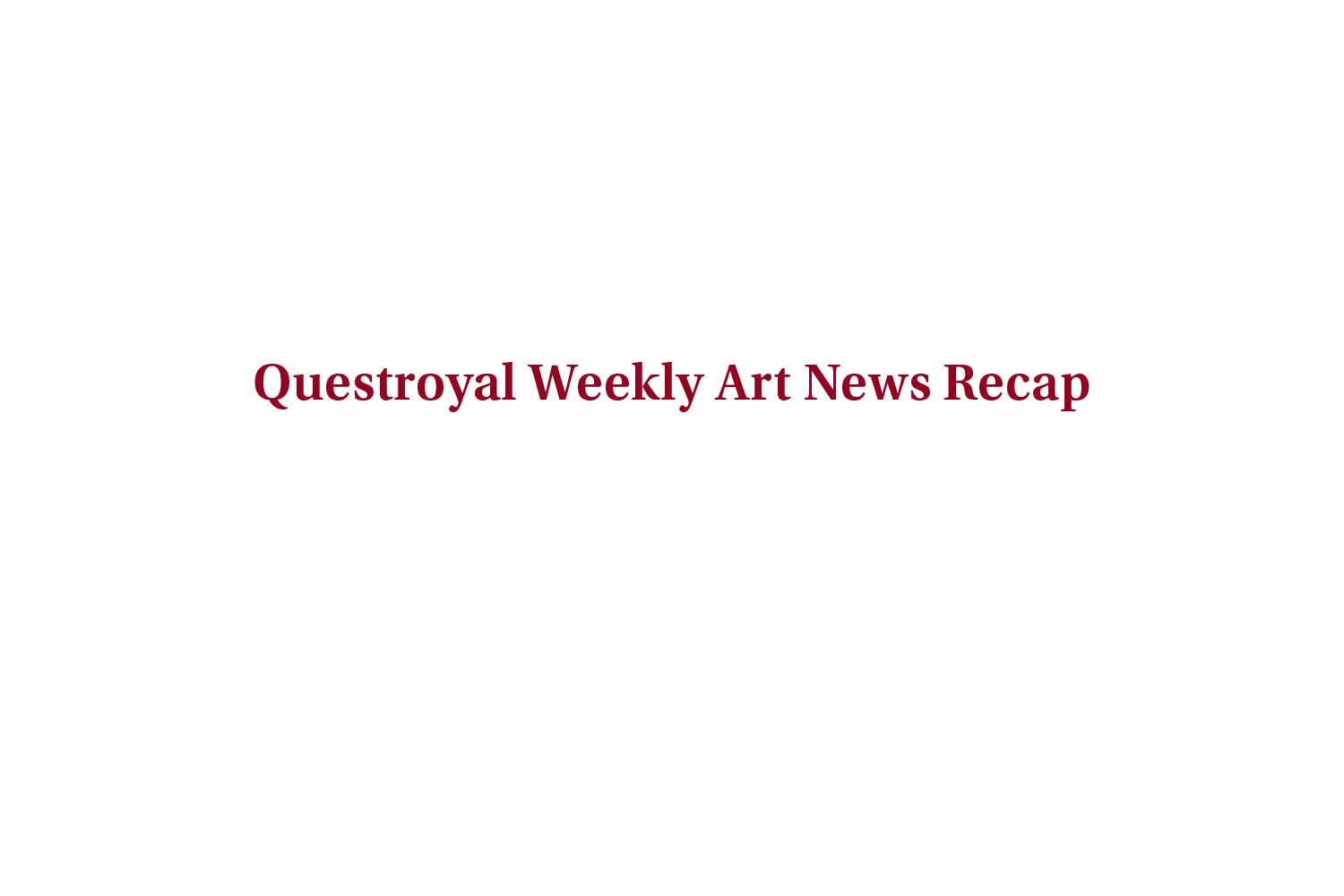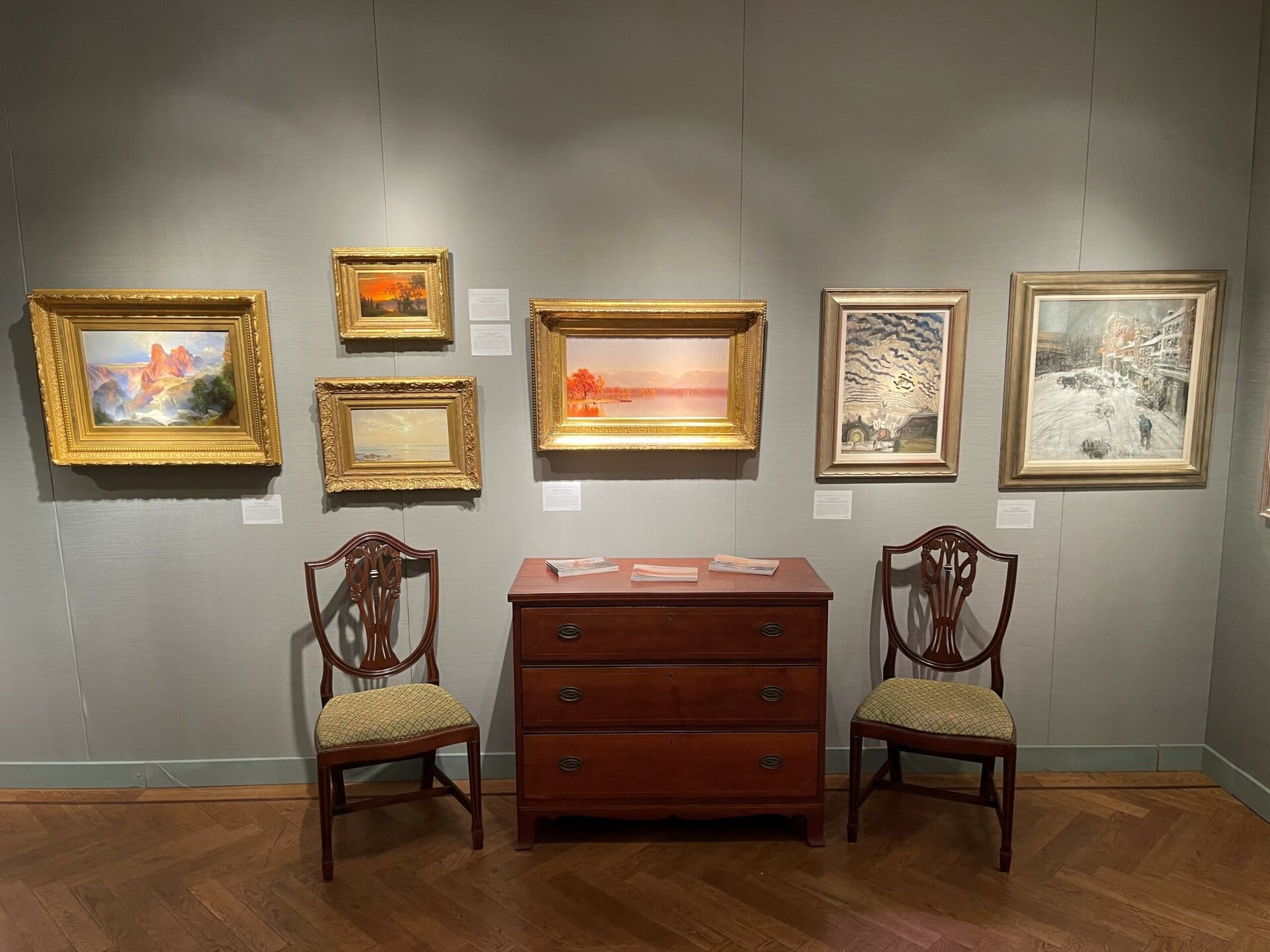Take It Personally: Buying Art In Real Life
By Chloe Heins

TLDR. I had to Google it. Too long; didn’t read. Clever, I thought, though social media acronyms make me cringe. My husband (clad in yellow shorts) had texted “TLDR” with a link to an article (from a respected literary journal, no less) about how mustard yellow is the new “millennial pink.” I snickered and nodded approvingly (lately that yellow color was everywhere) but I wasn’t going to read the article. It snagged my attention then lost it just as quickly. Though it happens all the time, I suddenly found it troubling. How can something be relevant yet not important enough to actually read? Nowadays, this is the contradictory nature of most digital content, served on the screens that exhaust our seeing capacity. The term “content” is ironic, because most of it lacks substance and imparts emptiness. Everywhere we turn, we are bombarded by an incessant stream of sensationalized text and doctored images. It is endless and sickening, like eating junk food instead of a real meal. Our addictive, overactive devices make it impossible to be present. In many ways, I long for the heyday of print when people were motivated by their stack of unread New Yorkers or novels on the nightstand. IRL: in real life. The endless and worrisome acronyms haunt me—we seem to be abbreviating everything so we can say more yet interact less. But have we stopped to think about the consequences?
We are no longer listening to each other or hearing ourselves. We still want to learn and relate but now rely on heartless methods for sharing our thoughts and ideas. We live in a state of too much information and constant communication without real connection, and it affects every aspect of our lives. We can now buy art online with a tap or a click, the same way we add milk and eggs to our in-app shopping carts. Lately, as a new mom, I’ve done all my grocery shopping on my iPhone, but after months of rock-hard fruit arriving at my door, my “ripe, please!” notes ignored, I found myself missing the gentle squeeze-and-sniff ritual of the produce aisle. We have become too comfortable buying art in the same impersonal way. On one hand I embrace technology and appreciate the convenience of viewing and buying art online, while on the other I worry about the long-term implications of acquiring art without human interaction. Finding a gallery you can trust and making a purchase with a quick phone call or email can be crucial, especially when there is competition for a specific piece and a fast decision is required. However, those dealings still involve a person-to-person exchange. Despite the transactional ease of online art sales, I fear that completely eliminating the human component from buying art could eventually alter the legacy of the art itself.
Characteristically, when art is sold through a gallery, even the briefest exchanges between dealer and client yield some type of personal insight: thoughts, comments, or plans for where the piece is going. Paintings, specifically, are unique objects and visual manifestations of an artist’s interpretation of the subject—physical, emotional, societal, spiritual, etc. The story of a painting’s existence begins with the artist’s initial inspiration, and with each new owner, another chapter is written. Over time, these chapters, or layers of personal connection, shape an artwork’s evolving identity.
The strong bond between collectors and their art cannot be easily weakened. Many can remember every detail about buying their first piece of art, and vividly retell the experience as one might describe meeting their spouse. They share these moments wholeheartedly—and in person. If we choose to buy art impersonally and leave no trace of our own connection to it, or the experience of acquiring it, doesn’t this make our relationship to it less meaningful? And, if we withhold from the artwork’s story, aren’t we also shortchanging our own?
Art that is unique, tangible, memorable, and no longer being made has become valuable beyond its worth. It helps us return to a visceral way of seeing and to live life in full. It gives us a reason to pause, absorb, think, and feel—the way we used to.



